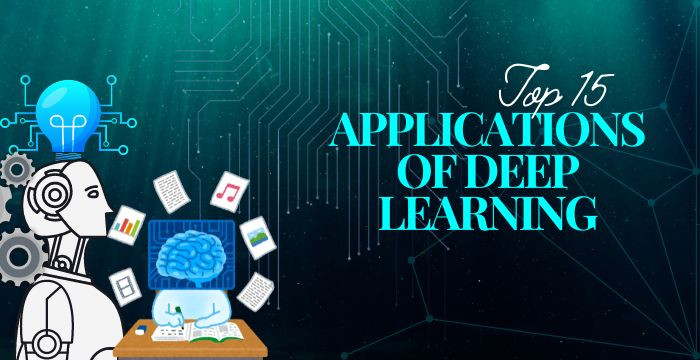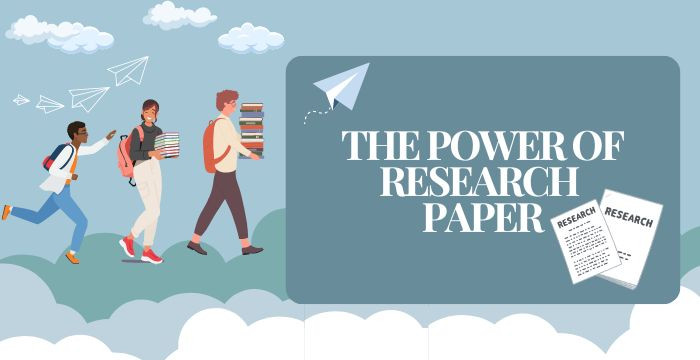
What is deep learning?
Deep learning is also known as the subset of machine language, which uses algorithms based on the functions and structures of the human brain, also known as an artificial neural network. The neural network generally learns using gradual experiences to learn new things, similar to a human child's learning system process. Deep learning algorithms can use unlabeled and unstructured data such as sound, text, and images. Deep learning differs from traditional machine learning, as the traditional machine language uses structured data. Deep learning has provided many beneficial results in fields such as image processing, object detection, and language processing systems. Deep learning has also played an essential role in the development of artificial intelligence.

Uses of deep learning
Deep learning has benefited various processes, such as image classification, face recognition, and object detection. Deep learning is beneficial as it can learn new data similarly to the human learning process. Like the human learning process, deep learning uses different layers of neural networks. The different layers are present in the neural network as memory storage for different algorithms. The algorithms use the data stored in different layers to predict new data.
Top 15 applications of deep learning
- Self-driving cars: Deep learning is widely used in creating automatic cars, which can help them drive accurately without the help of human assistance. The neural network of the cars processes the images around the car and makes driving decisions. Tesla is a famous example of a self-driving car.
- Fraud news detection: Deep learning is one of the most popular tools used recently to extract and identify news stories from various websites. The development of deep learning has recently made fraud news detection straightforward.
- Language processing: The development of deep learning has made language processing systems very sound, as it is now possible to extract the meaning of the text directly. The application has helped achieve significant results in different activities, such as answering questions, text clarification, and machine translation.
- Virtual assistant: Virtual assistants are computer programs that are made in a way that performs different tasks similar to human beings. They quickly understand the human language and perform tasks such as scheduling meetings, setting alarms, and sending emails. Visual assistants also use deep learning as they learn from the data stored in the computers.
- Entertainment: Deep learning is also widely used in the entertainment industry. It is used for creating high-quality 3D animations and special effects in movies. For instance, the Disney film Moana uses deep learning applications to create real-life simulations of water bodies. Also, the visual effects of Maze Runner have been made with the help of deep-learning applications.
- Visual recognition: Deep learning applications can learn from complex data representations, which helps them undertake highly advanced activities such as image recognition, face recognition, and object detection.
- Fraud detection: Deep learning is widely used in the deep learning process. One widely used way is to train deep learning models to detect known fraud patterns. Due to the process, the model is fed with various fraud data sets from earlier cases. The model uses this data to detect new feud types when they match old frau data available within the model.
- Healthcare: Deep learning has played an essential role in improving the quality of services in the healthcare systems. Deep learning is widely used to develop models for disease diagnosis, prognosis, and cure therapies. Deep learning is also used for various imaging applications in healthcare, such as CT scans and MRI image reconstruction.
- Personalization: As the deep learning process uses unlabeled and unstructured data for learning new things, it is ideal for personalized applications, where large amounts of data cannot be structured and labeled easily. Deep learning is constructive in creating models, which can help create personaliszed models for every user.
- Adding audio to silent movies: Deep learning applications can be beneficial in adding audio to different silent movies. The neural network of deeper learning models can be trained to map the scenes and visuals of the movies to corresponding audio. The deep learning models can be trained with the help of many movies and audio sets.
- Automated machine translation: Deep learning can be beneficial in undertaking the translation process between two languages by evaluating a massive data set of translated texts. The use of deep learning can be beneficial in improving the accuracy of the machine translation process and learning from mistakes made in the past.
- Automated handwriting: Deep learning can be very helpful in generating automated handwritten processes, as the deep learning processes can learn from the complex relationship between the handwritten characters and texts. The deep learning application can generate texts similar to the training data, although not identical.
- Language Translation: Deep learning is beneficial in language translation as it can quickly learn the translation rules of the data set and the translated text. Deep learning can be helpful in the development of efficient and accurate translation systems.
- Pixel restoration: Deep learning algorithms are precious for the pixel restoration industry. Deep learning applications are helpful in super resolutions, inpainting, and image-denoising activities. These algorithms have been constructive in restoring images and helped reduce noise and other problems in an image.
- Chatbots: Deep learning is an n important part of the chatbot industry. Deep learning helps create chatbots that respond and generate data per human queries in ordinary human language. It is one of the most widely used applications based on deep learning. Using deep learning by chatbots enables them to understand the user's identity and provide an appropriate response. It helps provide a human and natural-like feel when undertaking conversation with chatbots.
Conclusion
The following article presents some of the most valuable applications in 2024. Some of the most widely used deep learning applications are language process, image recognition, machine translation, and image analysis. Deep learning, such as drug discovery and image processing, is also widely used in the medical industry. The development of science and technology has made deep learning applications crucial in every sector of the economy.


